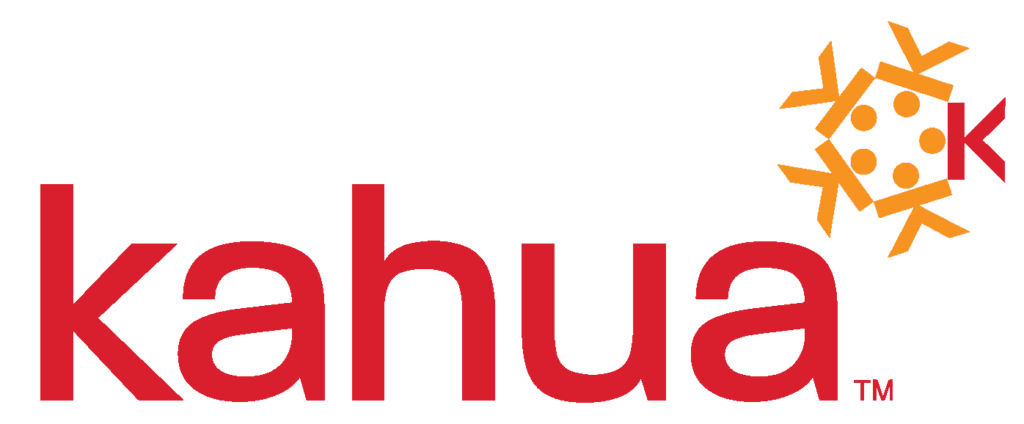Reforming Data Integration versus Traditional APIs
In construction project management, efficient data integration is essential for businesses to maintain competitive advantages and operational fluidity. Traditional APIs (application programming interface) have been the cornerstone of data exchange between systems, yet they come with limitations that can impede flexibility and scalability.
Kahua's innovative approach to APIs offers a transformative solution that eases these restrictions, providing a robust and versatile integration framework.
What’s the difference?
Traditional APIs: Linear and Limited
Traditional APIs operate on a superficial one-to-one mapping basis. When a field, such as "name," is transferred from System A to System B, the data flow is direct and singular. This approach, while straightforward, presents significant constraints:
-
Rigidity: If the source system changes the field name from "name" to "names," the integration breaks, necessitating constant updates and maintenance.
-
Limited Scope: The data can only be directed to a specific location in the target system. For example, a "name" field might only map to the "contacts" section, disregarding other potential uses in scheduling, bidding or calendars.
-
Isolated Data Pockets: Each API integration works in isolation, meaning data from multiple systems cannot be easily consolidated without extensive custom development.
Kahua APIs: A Paradigm Shift
Kahua has redefined the API landscape by introducing a more dynamic and adaptable integration model. Here's how Kahua APIs stand out:
-
Data Pooling Mechanism:
-
Instead of direct one-to-one mappings, Kahua APIs utilize a data pool. Data from System A is collected into this centralized repository, allowing for more flexible and comprehensive use.
-
The data pool acts as a mini database, from which data can be drawn and mapped to multiple applications simultaneously. This ensures that if a field name changes (e.g., "name" to "names"), the system remains functional without manual updates.
-
Versatile Data Distribution:
-
Once in the data pool, the information can be distributed to various locations across different applications. For instance, the "name" field can be mapped to contacts, scheduling, bidding and calendars, maximizing its utility and relevance.
-
This approach supports a broad spectrum of use cases, enhancing the interoperability of systems and streamlining workflows.
-
Comprehensive Data Management:
-
Kahua's APIs facilitate seamless data integration from multiple systems into a centralized project management information system (PMIS). This eliminates the need for multiple logins and disparate data management practices.
Kahua's approach simplifies the validated data flow while enhancing its adaptability and resilience for a seamless integration experience.
Kahua APIs represent a significant advancement over traditional API models by offering a flexible, agile and scalable solution for data integration. Through its innovative data pooling mechanism and versatile distribution capabilities, Kahua ensures that businesses can maximize their data's potential without the typical constraints and maintenance burdens associated with traditional APIs.


